Good morning
Time seems to have flown...we are slipping back south to Mandalay, after a day and a half of walking through small villages along the river. By small I mean 100 houses or so. We went as far north as Nwe Nyein Village, about 75 km north of Mandalay. This is a village specializing in making 50 gallon water pots and many smaller glazed pots for everyday use in the homes.
Everyone is bemoaning going back to England, Germany and Canada after a wonderful two and a half weeks in Myanmar. They were watching the sun set last night and saying in Wales they may not see it again for weeks! We, on the other hand, are very much ready to return home...sun or no sun....and I am told expect rain.
[
As you might have guessed, I highly recommend a cruise up the Irrawaddy River, I do think to get to know the country even a bit you need to have an appreciation of how large a role it plays in the life of the country.
Paul Strachan, the founder of this company writes in his book "the Pandaw Story" the following:
"The Irrawaddy is timeless and exquisite in its beauty. Look in any direction and you will see a perfect picture, for 1,300 miles from source to delta. Everywhere human life is intimately intertwined with the river's flow. Growing things, catching things, making things, moving things. A nation's prosperity is tied up with that great mass of water moving from north to south, from the mountains across Great Plains to the ocean."
We have travelled 1000 km up the river, just under half of its length. It is a very broad shallow river for the most part in the dry season...and very busy with goods and people moving up and down and across in all kinds of crafts. Along both banks the fields are being irrigated by the river, the water is being carried on heads or in oxen cart up the banks, the washing of clothes and people in the river is the norm, the oxen are led down in the evening for a drink and the fishing boats fire up at dawn.
The river has long been both the life line and highway for the country. Myanmar has a population of 51.5 million and of those about 14 million live in the delta area and another 14 million live along the Irrawaddy and the four rivers flowing into it. It is essentially a huge valley and plains area ringed by a horseshoe of mountains. In the northern part of Myanmar are the snow capped Himalayas; tropical savanna in the central area and tropics in the south.
Myanmar has often been called the cross roads between Asia and South Asia. It has as neighbours Bangladesh, India, China, Laos and Thailand. The various Burmese kings over the centuries have risen and fallen...mostly being conquered from the north down the Irrawaddy or from the south, up the Irrawaddy.
Yangon, with its extensive dock used to be the gateway...and as I mentioned yesterday there was only one bridge across the river at Mandalay, built by the British in 1934. So the teak and bamboo rafts could float down from the far north to Yangon. From 1998 to 2010 the military added 14 new bridges. Now the teak is put on barges at Mandalay...in fact just down the shore where our jetty is. The bamboo rafts with the folks living aboard are allowed to float the whole river. It takes about a month for them to float the bamboo down to the market in Yangon. Sometimes they tie teak logs under the rafts so they don't have to pay the tax on them! Now that would be a river trip!
The barges are generally pushed from behind...large coal barges come down from the area north of Bagan, countess barges carrying gravel from up river have passed us by, barges from China deliver machinery southward, gasoline tankers seem to be travelling both ways and from the delta area barges deliver rice up river, In the Mandalay area there are many two story ferry and tourist boats going back and forth between the towns.
At the moment as we travel down river we are in a very shallow part where the banks have shifted since the last trip. I can hear the deck crew calling up the depths to the captain who is right behind me in the wheelhouse. The draft of the Pandaw is 5 ft. Long depth sounding painted bamboo poles are still the way navigation is carried out. The banks and river bottom can change over a two week period. So sometimes there has been a local pilot on board...but today our crew is doing the work. Gary is down taking photos of them so we will post them with this blog. Modern systems and depth sounders have been tried without much success because of the constantly shifting river bottom. the old traditional methods of bamboo poles, knowledgeable local people and a system of red and white flags are used.
Once a week In the British days, the Irrawaddy Flotilla Company made the necessary changes to the flags, depending upon the conditions...eg. white sign ok to go near shore, red bamboo pole too shallow keep away. After 1962 this changed to once a month...and gradually confidence has been lost in the markings so it is back to poles.
Speaking of the original Irrawaddy Flotilla Company I learned that its final resting place in 1942 of its ships was in Katha, a favourite place north of where we cruised to. Katha was once home to George Orwelll and the setting for his 1934 anti-colonial novel Burmese Days. This was the point as far north as its large ships could sail in the low water. Here in 1942 they were scuppered , their hulls holed by their officers using Bren guns. Here the four great Siam Class ships, each 326 feet long and built in Scotland lay in watery graves, soon to silt up and transform into midstream sand island. Who would have thought these shimmering islands, populated in low water by fisher folk in makeshift shacks embalmed such maritime treasure.
By the late 1990's entrepreneurs were busy salvaging these vessels. Pumps shifted the sand from around the hulls and from within. Divers went down and inserted air bags which when inflated raised the hulls. All the woodwork had rotted away yet the hulls were useable. Many were reengineered and sail as cargo ships and parts of barges. So the flotilla sails again.
You have seen from my photos that most of the villages along the river are home to either farmers or fishermen. Eighty per cent of the farmers use oxen for ploughing and transportation. They are beautifully well fed and looked after white oxen. And they are very much part of the family. All the animals live either under the houses; with the houses generally raised on timbers to handle the monsoons. Pigs and chickens abounded in all the villages we walked through. Plus dogs and cats....every house seems to have a handful of them. We stopped at a clinic yesterday in a small village to talk with the midwife...she had delivered 47 babies in the last year. The average family size is 7, two parents and 5 children. Family planning is an uphill battle.
As well we saw many gold dredges at work along the bank, oil drilling sites covered with little green covers, the marble quarries from afar. And many, many pagodas. There are nearly 500,000 pagodas in Myanmar and most along the Irrawaddy
On Saturday December 3rd we walked through Mingun. It is home to a huge pile of bricks which was to become a stupa higher than the pyramids. But it was never finished, a massive earthquake in 1839 reduced its upper part to rubble and left huge cracks in the facade. Still it is a pretty amazing sight from the river.
The Hsinbyume Pagoda is a stunning white structure built in 1816. It is called the wavy pagoda because of the seven concentric terraces that surround it. The downsides of Mingun which is also an artists home village are the aggressive hawkers. They were by far the worst we ran into in 14 days. Probably because Mingun is a popular day trip from Mandalay for tourists. We were the first there, but when we left two hours later the place was jammed.
For the most part there are not proper ports...Yangon and Mandalay seem to be it. In both there are dockyards for building ships...about $8,000 US for a barge. They build in the dry season and float in the monsoon season as the river rises.
Our last pulling up to the bank and driving stakes in to hold us was at Nwe Nyein Village where the famous 50 gallon water pots are turned on a wheel, glazed and fired in large kilns. We have several on the Pandaw with the logo on them holding large plants. They fit in wonderfully.
All good things seem to suddenly end...it has been a wonderful 14 days experience. A huge shout out to the Irrawaddy Flotilla Company. They recreate the feeling of a colonial voyage up the Irrawaddy in all ways...a period piece teak and brass river cruiser, terrific Asian style meals and the most amazing attention to detail...and providing a "surprise" most days...drinks delivered as you are watching the sun set over the U Bein's Bridge, a candle light party on the beach, a water bottle in a holder as you leave the ship, shoes collected and cleaned when you return, a cold juice upon returning, knowing your name from day 1...and I can never forget my birthday on the Pandaw. If you ever consider a cruise on the Irrawaddy...make it with the Irrawaddy Flotilla Company and one of its nine Pandaws.
So goodbye to the Irrawaddy River and onto Inle Lake in the morning.
Love Doreen
Watching the Irrawaddy slip past on the last day
Sunday, December 04, 2016
![]() Mandalay, Mandalay Region
Mandalay, Mandalay Region
Other Entries
-
10Cochin (Kochi), India.. "Queen of the Arabian Sea"
Oct 2243 days prior Cochin India, Indiaphoto_camera23videocam 0comment 16
Cochin India, Indiaphoto_camera23videocam 0comment 16 -
11A day at the Zoo...Singapore
Oct 2837 days prior Singapore, Singaporephoto_camera31videocam 0comment 13
Singapore, Singaporephoto_camera31videocam 0comment 13 -
12Bali
Nov 0430 days prior Kota Denpasar, Indonesiaphoto_camera33videocam 0comment 7
Kota Denpasar, Indonesiaphoto_camera33videocam 0comment 7 -
13Kalgoorlie and onto Esperance
Nov 0826 days prior Perth, Australiaphoto_camera22videocam 0comment 10
Perth, Australiaphoto_camera22videocam 0comment 10 -
14Hanging out in Albany
Nov 1123 days prior Albany, Australiaphoto_camera18videocam 0comment 11
Albany, Australiaphoto_camera18videocam 0comment 11 -
15Along the Southern Coast of Australia
Nov 1123 days prior Albany, Australiaphoto_camera18videocam 0comment 9
Albany, Australiaphoto_camera18videocam 0comment 9 -
16South West Australia
Nov 1420 days prior Augusta, Australiaphoto_camera24videocam 0comment 4
Augusta, Australiaphoto_camera24videocam 0comment 4 -
17Geographe Bay (Busselton)
Nov 1519 days prior Busselton, Australiaphoto_camera21videocam 0comment 5
Busselton, Australiaphoto_camera21videocam 0comment 5 -
18Perth...from the ridiculous to the sublime
Nov 1717 days prior Perth, Australiaphoto_camera9videocam 0comment 1
Perth, Australiaphoto_camera9videocam 0comment 1 -
1948 Hours in Yangon, Myanmar
Nov 2014 days prior Yangon (Rangoon), Myanmarphoto_camera37videocam 0comment 9
Yangon (Rangoon), Myanmarphoto_camera37videocam 0comment 9 -
20On the Irrawaddy....
Nov 2212 days prior Yangon (Rangoon), Myanmarphoto_camera30videocam 0comment 11
Yangon (Rangoon), Myanmarphoto_camera30videocam 0comment 11 -
21On the Irrawaddy...Still in the Delta...Nov 23rd
Nov 2311 days prior Yangon (Rangoon), Myanmarphoto_camera35videocam 0comment 17
Yangon (Rangoon), Myanmarphoto_camera35videocam 0comment 17 -
22Along the Irrawaddy River... Pyay...or Prome
Nov 259 days priorHpa-Anphoto_camera27videocam 0comment 5 -
23Thayet Myo, along the Irrawaddy River
Nov 268 days priorHpa-Anphoto_camera25videocam 0comment 2 -
24Magwe...or how I spent my birthday!
Nov 286 days prior Hpa-An, Internationalphoto_camera27videocam 0comment 10
Hpa-An, Internationalphoto_camera27videocam 0comment 10 -
25Bagan a city of 2,000 temples
Nov 295 days priorMyingyanphoto_camera23videocam 0comment 9 -
26Bagan and Ohn Ne Chaung
Nov 304 days prior Myingyan, Internationalphoto_camera37videocam 0comment 6
Myingyan, Internationalphoto_camera37videocam 0comment 6 -
27Mandalay
Dec 022 days priorMandalayphoto_camera37videocam 0comment 4 -
28Watching the Irrawaddy slip past on the last day
Dec 04Mandalayphoto_camera34videocam 0comment 7 -
29Inle Lake, Eastern Myanmar
Dec 095 days laterTaunggyiphoto_camera51videocam 0comment 16

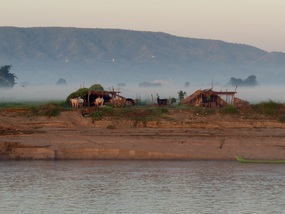
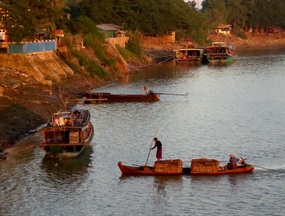
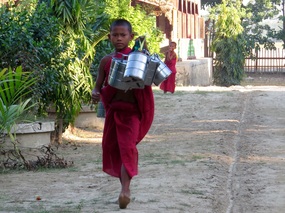
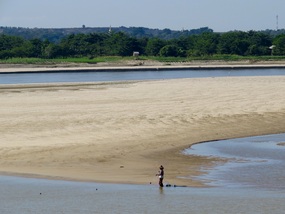
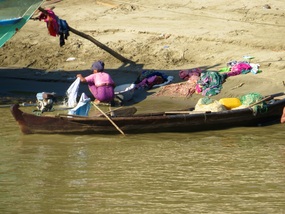
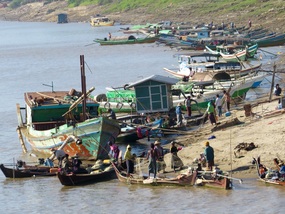
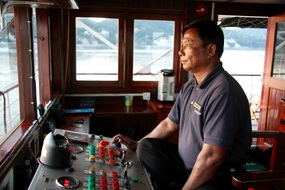

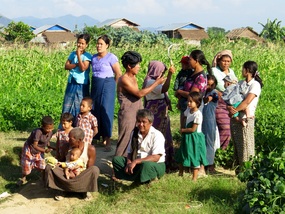
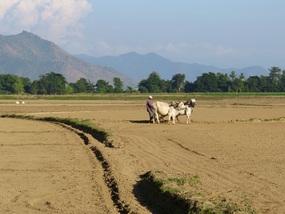
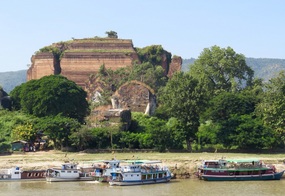
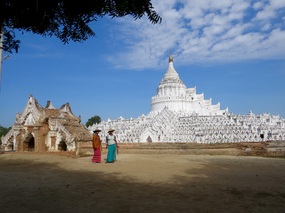
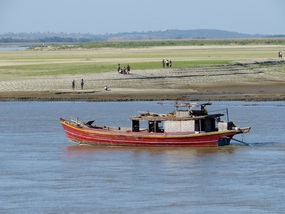
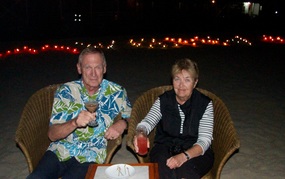






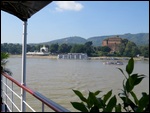
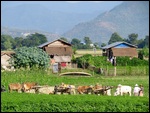
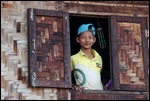

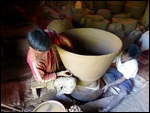
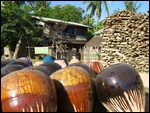
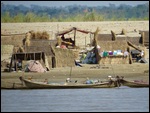
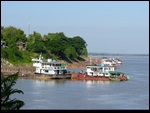
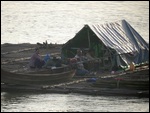


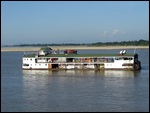
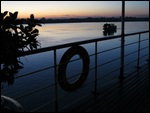
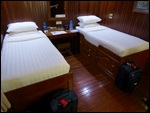
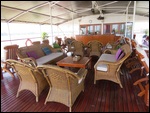
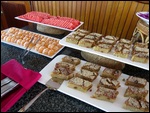
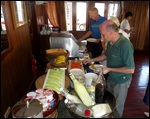
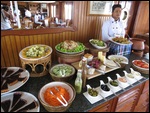
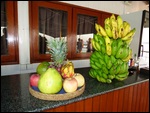
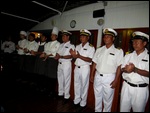
2025-05-23